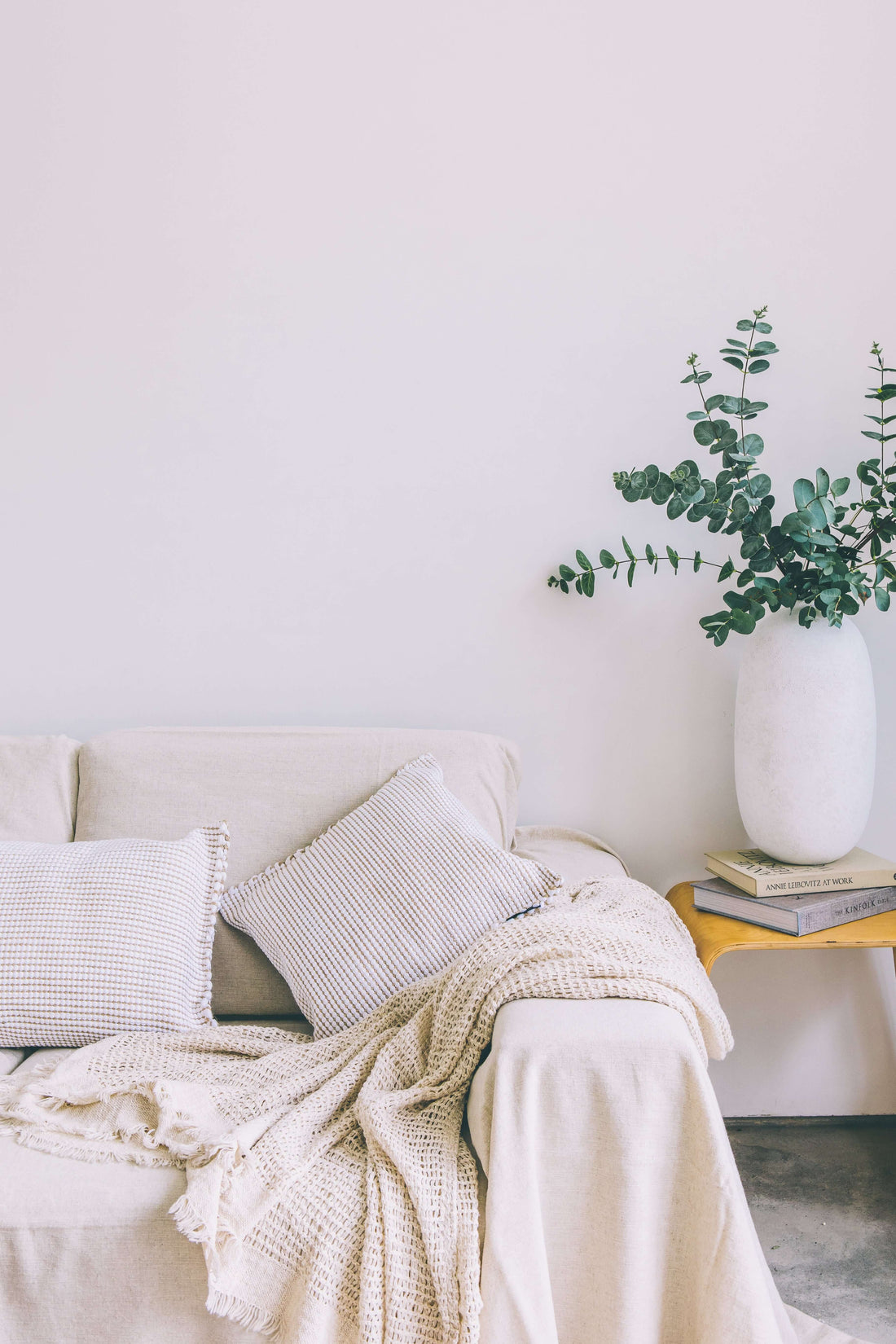
Sustainable Interior Design Practices
Many sectors have seen unprecedented growth in recent years due to environmental concerns. The building and decoration industries are at the forefront when implementing environmentally friendly policies. Interior designers are responsible for improving residential spaces' usability, aesthetics, and security.
Using sustainable components and supplies is rapidly becoming a trend. This means you may have a healthy house that looks modern and stylish without negatively impacting the environment. Several simple modifications can be made to conventional indoor design concepts to make them more eco-friendly and sustainable.
Sustainable Interior Design
Our hyper-consumerist society encourages us to acquire new items whenever we want to renew our house. Everything we purchase affects the environment, from the materials used in manufacturing to the carbon emissions from transportation to the mountains of waste that ends up in landfills (or polluting the environment). That's why sustainable decorating should be a top priority.
Reducing your carbon footprint and increasing your room's aesthetic appeal is possible with a little creativity spent sourcing beautiful, sustainable homewares. Sustainable interior design emphasizes using high-quality, previously-owned components rather than brand-new replacements wherever possible. If you're buying new, don't simply purchase from a giant retailer with no information on where the product is made or shipped from . Read eco-friendly interior design practices to identify ethical businesses on fair platforms for better guidance and direction.
Why Sustainable Interior Design Matters
If you want to make a difference in the world, you can use your purchasing power to demand better business practices and more equitable society by opting for sustainable interior design. Every purchase has the potential to affect countless people and places throughout the globe. It may not seem like much, but the choices we make with our spending habits have a profound impact on the way big businesses operate and have the potential to impact the environment positively. Selecting eco-friendly home furnishings may also aid in power savings.
Advantages of a "Sustainable Interior Design" Approach
Numerous studies have examined the positive effects of interacting with natural materials at home. Some of the major advantages are as follows:
Greater Durability
The beauty of certain natural materials improves with age, proving that they have not only a high durability but also a high aesthetic value. Consider that sturdy wood table that has been around for decades.
Calming And Energizing
According to the Wood Window Alliance, 49% of homeowners say natural materials make them happier than artificial ones. Self-quarantine and stay-at-home orders have highlighted our complicated connections with our houses, underlining how crucial a healthy environment is to live and work in.
Style/Design
Natural materials adapt to many styles. If you desire rustic chic, use wood and natural stone; for a minimalist design, use ceramic and linen.
How do We Make a Difference
Taylor & Gray was founded on a shared interest in the arts, architecture, and interior design, as well as a rising concern for sustainability, transparency, and traceability in business.
We discovered independent artisans and family-run enterprises throughout Europe that shared our ideals of sustainability, quality, transparency, and ethics. We wanted to work directly with producers to create and choose the greatest handcrafted goods for Irish households. We collaborate with these producers to bring you inspiring design and natural textures. We have partners in Ireland, Portugal, United Kingdom, and an upcoming partner from Lithuania, and continue building connections with the greatest European artists and crafters.
